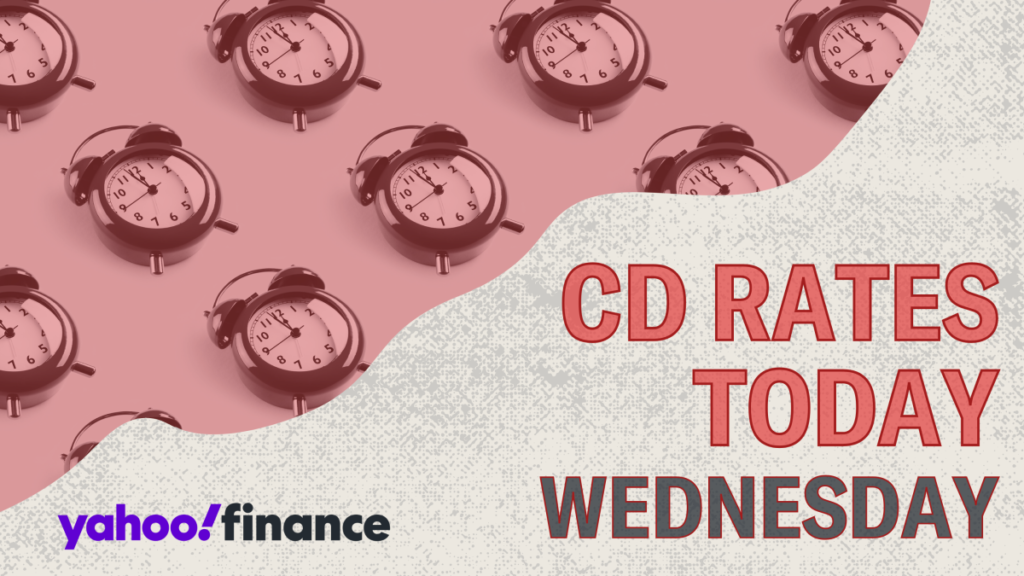This month, the Federal Reserve made a significant decision to lower the federal funds rate, impacting deposit account rates across the financial spectrum. As a result, the interest rates on certificates of deposit (CDs) are also beginning to decline; however, savers still have the opportunity to secure competitive returns by locking in rates today. For potential investors in CDs, understanding the current market landscape is crucial. Presently, CD rates, especially for shorter terms, remain historically high, with opportunities to find rates exceeding 5.00% APY for terms around one year or less. Though longer-term offerings don’t reach these same highs, attractive rates of approximately 4% APY persist for terms of three years or more.
Currently, some of the best CD rates available in the market include a leading rate of 4.32% APY from NexBank for a one-year CD, although it requires a hefty minimum deposit of $25,000. Other competitive alternatives include a rate of 4.30% APY offered by several institutions, such as BMO Alto and Marcus by Goldman Sachs, which serve one-year CDs, though Marcus has a $500 minimum deposit requirement. Additionally, Capital One offers a competitive 11-month CD at 4.30% APY with no minimum deposit. These options provide a solid foundation for anyone considering investing in CDs, making it worthwhile to explore different banking partners for the best rates.
As interest rates are intrinsically linked to the federal funds rate, any changes made by the Federal Reserve directly influence CD rates. After holding steady at a target range of 5.25% to 5.50% for much of 2024, the Fed reduced the rate by 50 basis points in September due to an easing inflation rate and improved economic conditions. This alteration indicates that further rate cuts may be on the horizon, prompting predictions that CD rates will continue to decrease. Given this trend, now could be the opportune moment for savers to lock in higher rates before they decline further, potentially missing out on favorable earning opportunities.
Deciding whether to invest in a CD requires consideration of various factors beyond just the interest rates being offered. While earning a competitive rate is undoubtedly a significant consideration, one must also evaluate individual financial goals, liquidity needs, and the current economic landscape. The stabilizing interest rate environment makes CDs more appealing as these instruments lock in current rates for their entirety. This could be a strategic move for risk-averse savers seeking guaranteed returns. CDs provide a safe investment platform, insured by the FDIC, ideal for those focused on preserving capital. However, for long-term goals such as retirement savings, traditional market investments may yield better returns over an extended period.
When searching for the best CD rates, it is essential to look beyond your current bank. Not all institutions offer competitive rates, even in favorable economic conditions. It’s imperative to conduct comprehensive comparisons among various financial providers. One excellent strategy for finding high-yield CDs is to explore online banks. Operating costs are generally lower for these banks than traditional institutions, allowing them to offer reduced fees and higher deposit rates.
Additionally, credit unions and community banks can also be beneficial sources of competitive CD rates. Credit unions, as non-profit entities, often provide members with better rates and lower fees. Prospective clients should investigate local credit unions or reputable online credit unions to assess membership eligibility and rates. On the other hand, community banks, with their emphasis on serving specific locales, typically offer personalized services and more appealing interest rates than larger national banks. These various avenues present a more extensive selection for consumers to pursue when looking to optimize their investment in CDs, ensuring they secure the best possible returns in a shifting interest rate environment.

